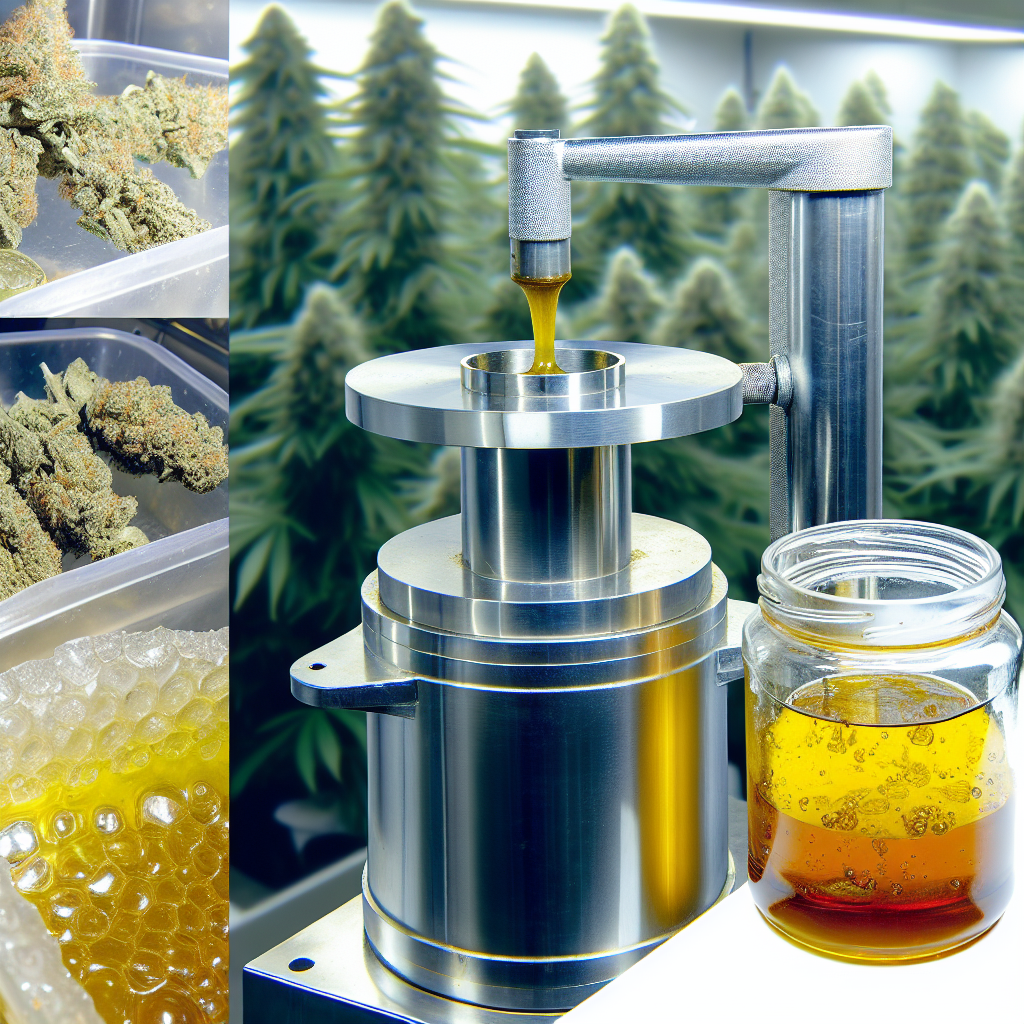Understanding Cannabis Beyond THC and CBD
The medicinal value of cannabis extends beyond its primary cannabinoids, THC and CBD. Increasingly, researchers are recognizing the importance of terpenes, the aromatic compounds found in cannabis and other plants. Terpenes not only provide distinctive scents and flavors but also interact synergistically with cannabinoids to amplify their therapeutic effects. This phenomenon, known as cannabis whole plant therapy, has revolutionized how cannabis is perceived and utilized in medical treatments.
The Power of Combined Compounds
The entourage effect in cannabis treatment underscores the importance of treating cannabis as a whole-plant therapy rather than isolating single compounds. When cannabinoids like THC or CBD are combined with terpenes such as myrcene, limonene, or β-caryophyllene, the result is often greater than the sum of their parts. For example, patients suffering from chronic pain management with cannabis or anxiety may benefit more from terpene-cannabinoid blends than from isolated CBD or THC alone.
Breakthrough Discoveries in Cannabis Research
Emerging studies reveal that these combinations can influence various physiological pathways, from receptor binding and neurotransmitter release to enzyme activity. This comprehensive approach to cannabis treatment has led to breakthroughs in fields such as cannabis-based pain management therapies, inflammation reduction, and mental health. By tailoring the balance of cannabinoids and terpenes, medical practitioners can now design highly effective, personalized therapeutic strategies for a wide array of conditions.
Advancing Cannabis-Based Medicine
This synergy not only enhances therapeutic outcomes but also minimizes side effects associated with high doses of isolated cannabinoids. Such a nuanced understanding of cannabis therapeutic applications is shifting the focus from broad-spectrum therapies to precise, evidence-based formulations. With ongoing research and clinical trials, the entourage effect continues to push the boundaries of what cannabis-based medicine can achieve.
Understanding Terpene-Cannabinoid Interactions
The entourage effect is deeply rooted in cannabis biochemistry. Terpenes and cannabinoids interact with the human endocannabinoid system (ECS), a regulatory network that plays a role in pain sensation, mood, immune responses, and more. These compounds either bind directly to ECS receptors (CB1 and CB2) or modulate their activity, enhancing or fine-tuning therapeutic effects of cannabis compounds.
Research-Backed Evidence
For example, β-caryophyllene acts as a CB2 receptor agonist, amplifying CBD’s anti-inflammatory effects. Research published in Frontiers in Pharmacology in 2022 highlighted that β-caryophyllene, when paired with CBD, significantly reduced inflammation in animal models of arthritis (Garcia et al., 2022). Such findings underscore how terpenes can not only enhance cannabinoid action but also contribute their own therapeutic properties.
Clinical Applications and Combinations
Specific terpene-cannabinoid combinations for medical treatment have shown remarkable clinical promise. Clinical studies validate these effects. A 2023 meta-analysis in Cannabis and Cannabinoid Research analyzed outcomes from 10 randomized controlled trials and found that patients using terpene-cannabinoid combinations reported a 30% improvement in symptom management compared to those using cannabinoids alone. These combinations also appeared to mitigate common side effects, such as THC-induced paranoia, by modulating receptor sensitivity.
Practical Implementation in Healthcare
Practical applications of the entourage effect extend beyond individual symptom relief. By incorporating precise terpene-cannabinoid ratios, healthcare providers can address patient-specific needs. For example, formulations designed for chronic pain treatment with cannabis combinations might prioritize myrcene and THC, while anxiety-focused treatments would emphasize limonene and CBD. Advances in delivery systems, such as vaporization and sublingual tinctures, allow for controlled dosing and rapid onset of effects, further optimizing therapeutic outcomes.
Future Directions in Cannabis Medicine
In addition to established uses, new research is exploring the entourage effect’s role in neurodegenerative diseases, autoimmune disorders, and cancer care. For instance, early-stage studies suggest that pinene may enhance neuroprotective properties when combined with THC, opening new avenues for treating Alzheimer’s disease. Similarly, β-caryophyllene’s immune-modulating effects are being investigated for their potential to treat conditions like multiple sclerosis.
Legislative Progress and Research Opportunities
Current legislative shifts are also paving the way for more rigorous research. The increasing legalization of medical cannabis research in regions such as North America and Europe has led to greater funding for studies exploring terpene-cannabinoid interactions. These developments are crucial for validating anecdotal evidence and integrating cannabis-based therapies into mainstream medicine.
Embracing Natural Synergies
The entourage effect illustrates the potential of cannabis as a multifaceted therapeutic agent. By combining cannabinoids with specific terpenes, patients can experience more targeted and effective relief. Studies in Frontiers in Pharmacology and Cannabis and Cannabinoid Research provide compelling evidence for the clinical applications of terpene-cannabinoid synergy, from pain relief and anxiety reduction to cognitive support.
The Future of Cannabis Medicine
As research continues to uncover the molecular mechanisms and clinical applications of these interactions, the medical community is better equipped to harness their benefits. The future of personalized cannabis-based medicine lies in understanding and optimizing these powerful natural synergies, offering patients a holistic and personalized path to healing.




